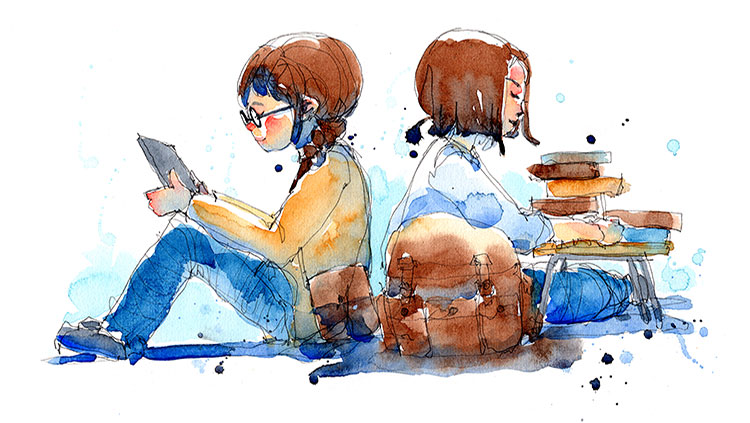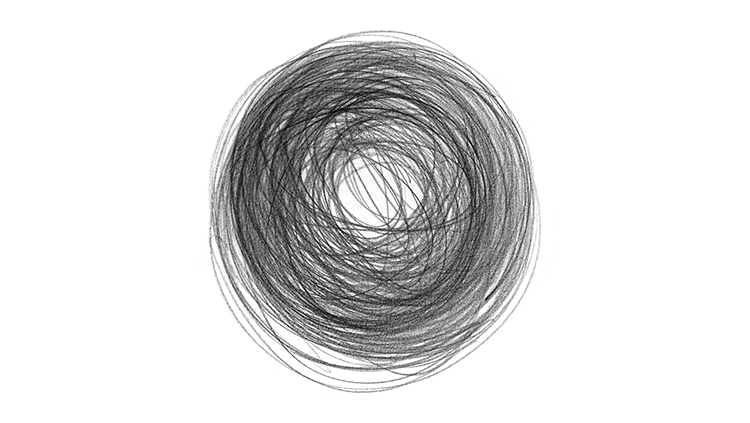Neuro Bingo
- Published31 Aug 2016
- Reviewed30 Aug 2016
- Author Emma Lindberg
- Source BrainFacts/SfN
Let your students test their brain vocabulary in a game of Neuro Bingo.
Click the buttons at the bottom of the lesson plan to download the vocabulary terms, definitions, and game boards.
Synopsis
Students will test their knowledge of basic neuroscience vocabulary by competing in a game of Neuro Bingo.
Teacher Background
Using definitions from the BrainFacts.org glossary, the Neuro Bingo game was created as a fun way to test students’ knowledge of the brain and nervous system. The leader of the game will call out one of the definitions from the list provided and students will search for the vocabulary term corresponding to the definition. Short and long vocabulary lists are provided and teachers should select the list that is most appropriate for their class. It’s recommended that younger grades and more remedial classes use the short vocabulary list, while older grades and advanced classes should use the longer vocabulary list.
Integration Into Curriculum
- Health
- Biology, AP Biology
- Anatomy and Physiology
Materials Needed
- Printed bingo cards
- Printed bingo terms
- Definitions list
- Scissors
- Colorful paper
How to Play
- Select one of the two vocabulary lists provided. Distribute a copy to each student and encourage them to visit the BrainFacts.org glossary to find the definitions for each term. Have them write out the definitions as a list, make flashcards, etc.
- After the students have completed their definitions list give them time to study. This can be over the course of a few class periods or as a take-home assignment.
- Select the Neuro Bingo cards that match the vocabulary list you gave your students. Print out the cards so that you have enough for each student. Thirty-two unique cards are provided.
- Distribute the Neuro Bingo cards to the students. Ask the students to cut a piece of colorful paper into small squares that will be used to cover the vocabulary words on their individual Neuro Bingo boards. This can be done ahead of time.
- Determine what a “winning” board will look like. This can be when the students have five vocabulary terms in a row (straight line running vertically, horizontally, or diagonally) or in a pattern. Examples of bingo patterns can be found here: http://www.nationwidebingo.com/patterns.cfm
- Call out the first glossary definition at random from the teacher’s sheet provided. Ask the students to see if they have the corresponding vocabulary word on their Neuro Bingo board. If they do, ask them to cover it up with one of their colorful squares of paper. Mark this definition on your teacher’s sheet so you do not call it out twice.
- Continue to call out definitions until a player has completed a winning pattern. If a student has a winning pattern they should yell out “Bingo!”
- Check the student’s Neuro Bingo board with your notes to make sure his/her answers are correct. If all the vocabulary words match up with your notes, that student has won. If the student has any incorrect answers, continue the game until another “Bingo!” is called.
- The game is over once a player has successfully completed a winning bingo pattern with their answers.
For Grade Levels 6-8:
- Neuro Bingo Vocab Terms Download
PDF file, 208KB
- Neuro Bingo Definitions Download
PDF file, 205KB
- Neuro Bingo Boards Download
PDF file, 300KB
For Grade Levels 9-12:
- Neuro Bingo Vocab Terms Download
PDF file, 212KB
- Neuro Bingo Definitions Download
PDF file, 220KB
- Neuro Bingo Boards Download
PDF file, 319KB
CONTENT PROVIDED BY
BrainFacts/SfN
Also In For the Classroom
Trending
Popular articles on BrainFacts.org












